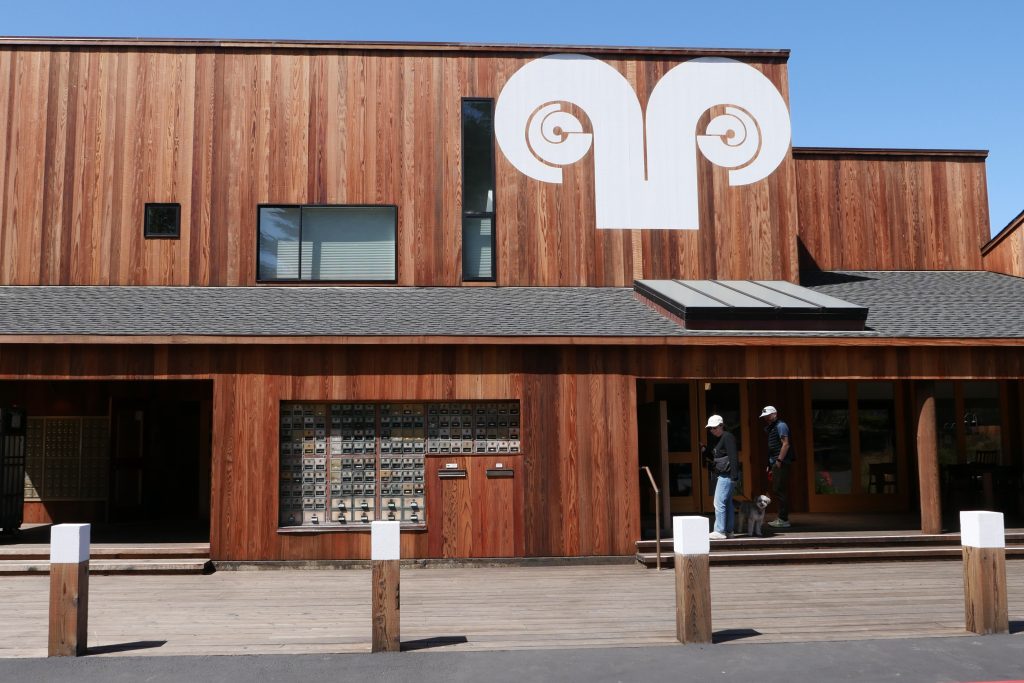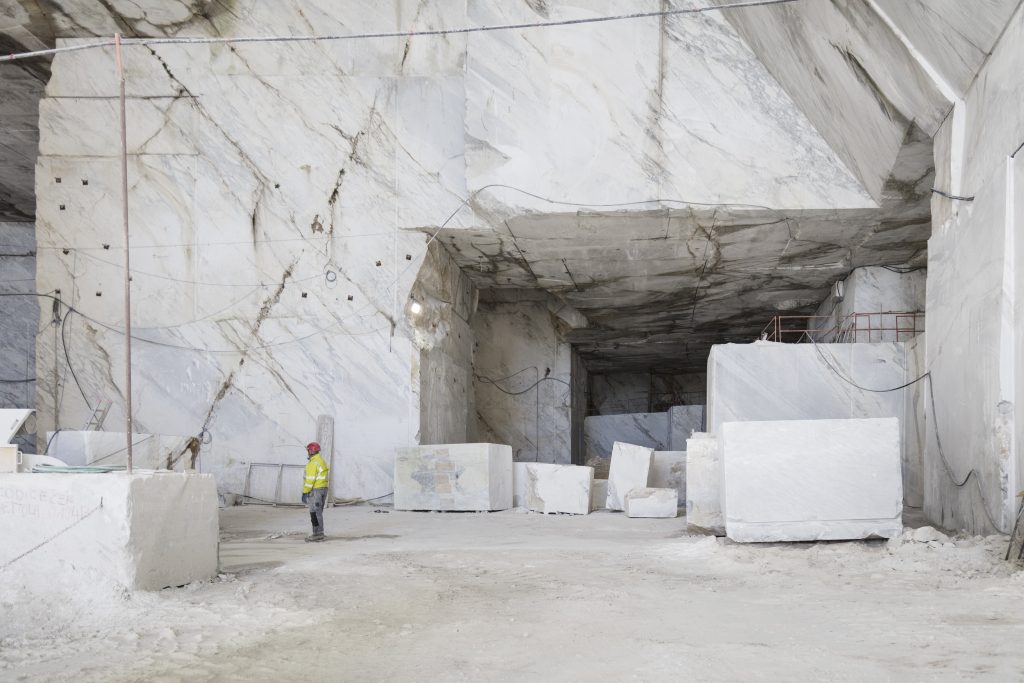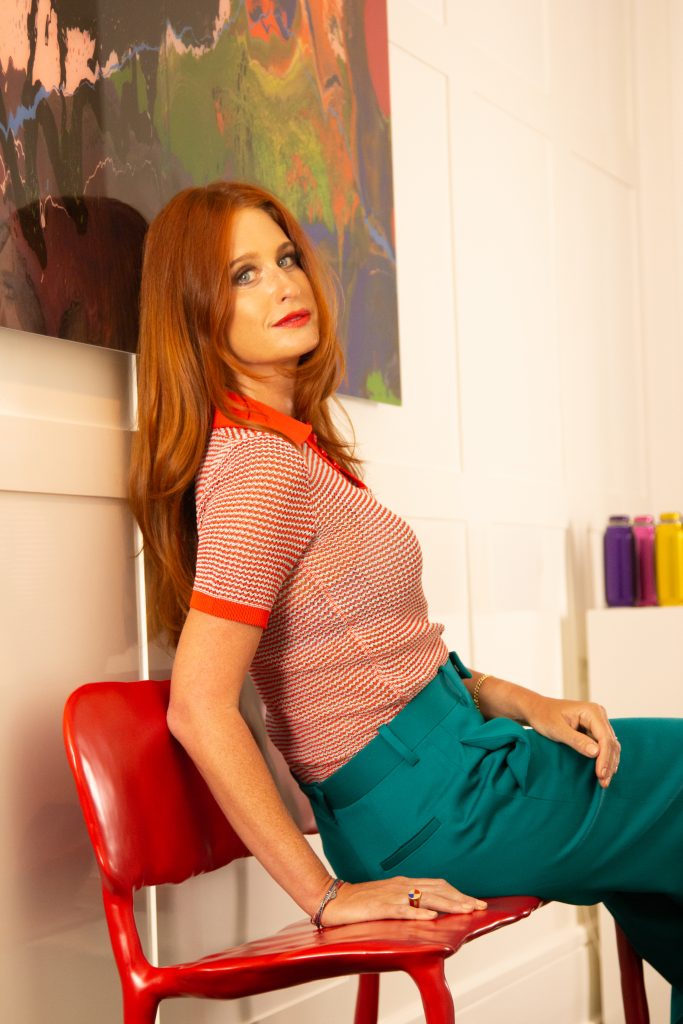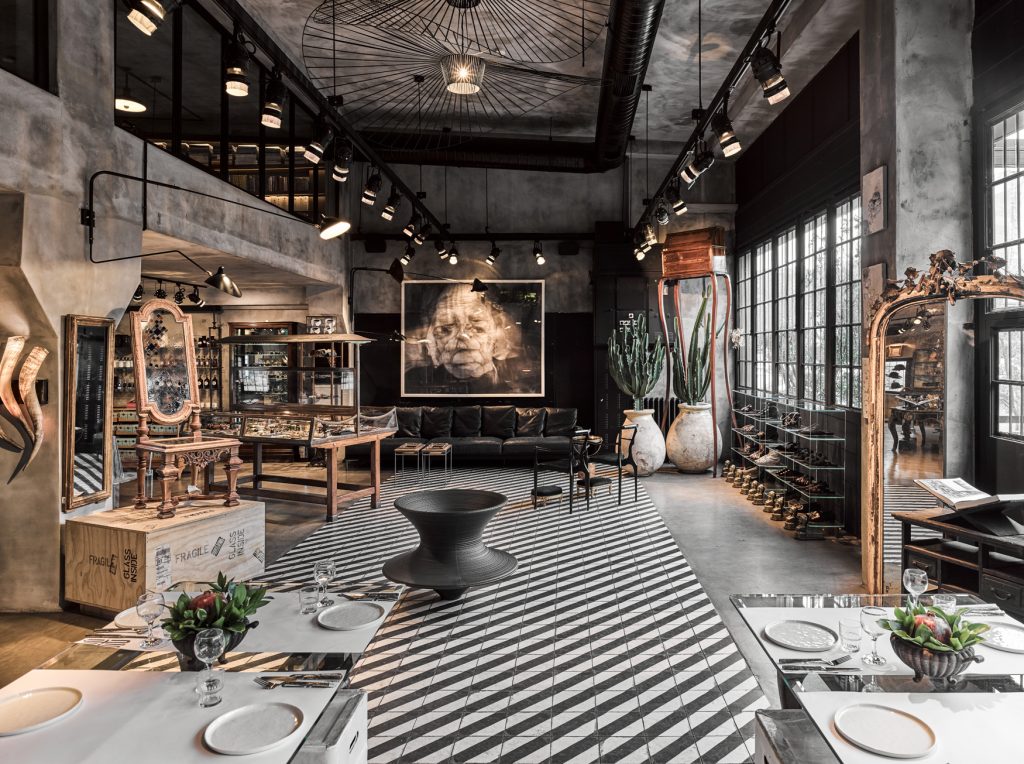Scenic Cliffside Adventures at The Sea Ranch Lodge
We visit the newly redesigned rooms to discover why this sliver of coastline continues to seduce

With dramatic views of the Pacific Ocean, rugged cliffs and idyllic coves, California’s span of Highway 1 north of Bodega Bay is one of the most beautiful in a state with many beautiful drives. Just past Steward’s Point begins the ten miles of coastline known as The Sea Ranch. Along this stretch, an unpainted wooden structure comes into view with a large image of horns that evokes the movement of waves crashing. This is one of the iconic supergraphics that Barbara Stauffacher Solomon created for The Sea Ranch, when the unincorporated community was first built in the ’60s. Turn left into The Sea Ranch Lodge parking lot and step out into the fresh air and let the adventure begin.

The low-slung wooden structure melds into the landscape. Mailboxes for locals flank the front of the building. Once inside the doors, a bold Solomon red arrow supergraphic is painted on a wall near the gift shop, which is teeming with design books, comfortable sweatshirts and a refrigerator filled with California wines. Rotating art installations, curated by local gallerists Maynard and Lu Lyndon, are on display by the coffee bar. Venture further to find the lounge, restaurant, cocktail bar—and the view. It’s majestic, and reveals one of the many reasons why travelers venture to this rural area of the Golden State.

After years of revitalization and renovation, The Sea Ranch Lodge has begun welcoming guests once again. The main section of the lodge was restored by architecture firm Mithun and reopened in 2021, accompanied by landscape design from Terremoto and interior design by Charles de Lisle. The overall renovation carefully removed additions from previous remodels to highlight the original open layout of the lodge, with its simplicity of forms and a focus on how they exist in the landscape.

With custom furnishings built by Santa Cruz Woodworks Shop, mid-century Hans Wegner elbow chairs and armadillo loungers by Mut Design, each item adds to a look of comfortable ease beneath the high ceilings. Tiles by Fireclay, lighting by Banks Landl, woven works by Jess Feury and ceramics by Sasinun Kladpetch complement the overall look, as well. Thoughtful touches include Occer binoculars to observe the view and coastal wildlife, Brazos walking sticks for outdoor expeditions and cozy blankets to cuddle up after a hike. Each room even has a coffee bar with a Chemex, Sea Ranch Coffee beans roasted by Plank coffee and a Fellow kettle.

On the north side of the property seventeen rooms occupy the same footprint of the original 1964 structure. For these newly refurbished guestrooms, design collective Nicole Hollis artfully achieves a look that honors the original interiors and their harmony with the natural landscape. With cues from the topography and the iconic architecture, the interior design focuses on sandy and coppery tones with pops of indigo. Upholstered window seats, a common architectural feature in many of the area homes, offer a comfortable place to be able to look out over the ocean and watch a variety of shore birds and squadrons of pelicans fly by.

The lodge dining room is helmed by chef Eric Piacentine, who finds inspiration in locally sourced ingredients. Here bucatini is served with oyster mushrooms picked at The Sea Ranch’s own farm, and locally caught Petrale sole is served with a variety of fresh peas and fava beans. An agricultural initiative, currently in the planning phase, aims to transform a plot of land south of the lodge into a farm to grow produce and raise animals to promote sustainable practices for the food and beverage at the lodge.

The coffee bar at The Sea Ranch Lodge has quickly become a community gathering space. Locals and visitors relax on the front deck with mugs of coffee, many with their dogs. The Lodge welcomes canine guests in their first level guestrooms, too. In addition to the aforementioned lodging, The Sea Ranch Lodge also includes seven architecturally significant homes available for vacation rentals. This includes The Tarp House designed by Obie Bowman, the Hines House designed by MLTW (one of only two homes in The Sea Ranch that are in the National Register of Historic Places) and White Tail designed by Charles Moore.

The basic notion is that we would respect the land. We would put people on the land in a way that they were inconspicuous. We would build architecture that was not architectonic, that seemed natural in the place.
Al Boeke, founder, The Sea Ranch
In each home, the hotel’s history is displayed in a covered linen box on the coffee table, featuring a quotation from The Sea Ranch founder Al Boeke that reads, “The basic notion is that we would respect the land. We would put people on the land in a way that they were inconspicuous. We would build architecture that was not architectonic, that seemed natural in the place.” Boeke, a visionary who collaborated with architects, landscape designers, planners, artists and environmentalists, developed the area in the ’60s as a collaborative utopia. This ambitious dream is currently the subject of an exhibition at the SFMOMA, entitled The Sea Ranch: Architecture, Environment, and Idealism.

Many examples of The Sea Ranch architecture built through the decades can be seen from coastal and hillside trails surrounding the lodge. From its dining area and deck, walk past the historic barn toward the ocean. From here, the view of the rugged coastline cliffs and landforms are breathtaking. Turn east and look back toward the lodge glowing in the morning light or the glow of sunset. Just to the south is the original condo building that established many of the design ideas for the area. From there visitors can walk the bluffs of the entire span of The Sea Ranch and explore the area’s splendor. It’s a great place to unwind, appreciate the copacetic balance of nature and the built environment, and to have the space and energy to integrate your thoughts.













What are your thoughts?